Sequels often carry a reputation for prioritizing profit over creativity, leading to uninspired plots and stagnating characters. This focus on financial gain can extend stories out of obligation rather than genuine artistic intent.
Many sequels go a step further by simply rehashing the original, offering little more than new names or bigger set pieces while sticking to the same core narrative. These recycled formulas typically result in diminishing returns, showcasing a lack of fresh ideas and limiting the series’ potential for meaningful development. While a handful of sequels succeed, they remain the exception, underscoring how rare true originality can be.
10. Avatar: The Way of Water (2022)
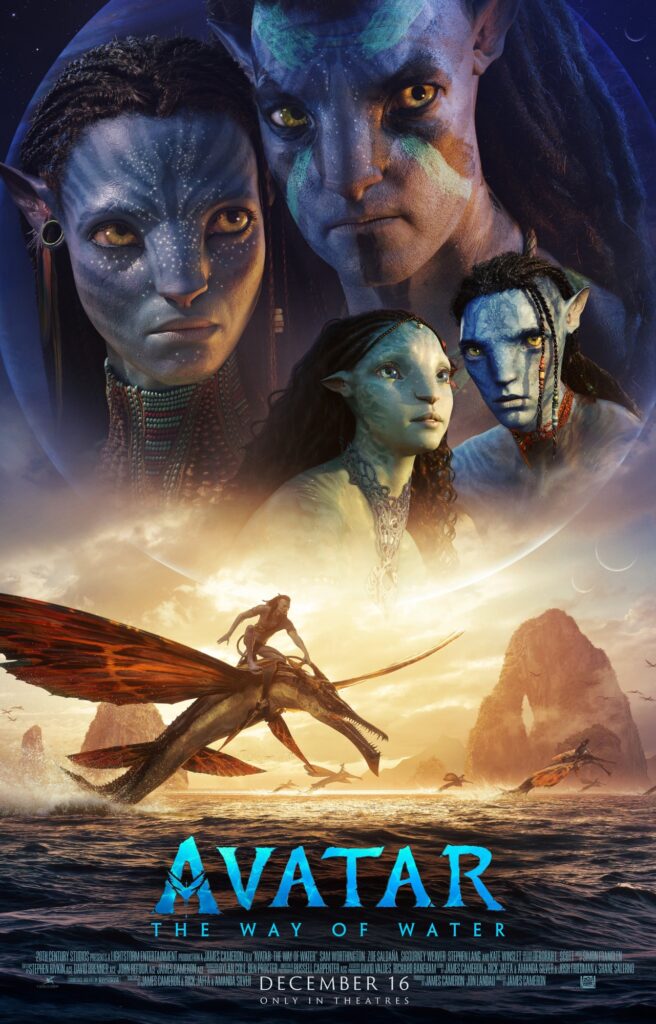
Avatar (2009) presents an alien narrative rich with earthly themes. As humanity explores the universe for resources, they discover Pandora, a planet teeming with valuable minerals. The native forest dwellers resist the exploitation of their sacred land. Jake Sully, a soldier, is assigned to use his deceased brother’s alien avatar to persuade the inhabitants to comply. However, the plan backfires as Jake becomes more connected to these extraterrestrial beings and ultimately aids them in their fight against human invaders. The film echoes Dances with Wolves in a grander context, but the sequel makes this duplicative nature even more apparent.
Avatar: The Way of Water shifts the action while largely maintaining the original plot. Humans return to Pandora, attempting once again to extract its resources by employing avatar infiltration to undermine the natives. Once more, Jake and his family thwart their efforts, culminating in a climactic battle between nature and imperialism. Aside from a larger cast, the main distinction is the focus on underwater natives rather than those of the forest. This sequel reinforces James Cameron’s penchant for reimagining his work.
9. Terminator 2: Judgment Day (1991)
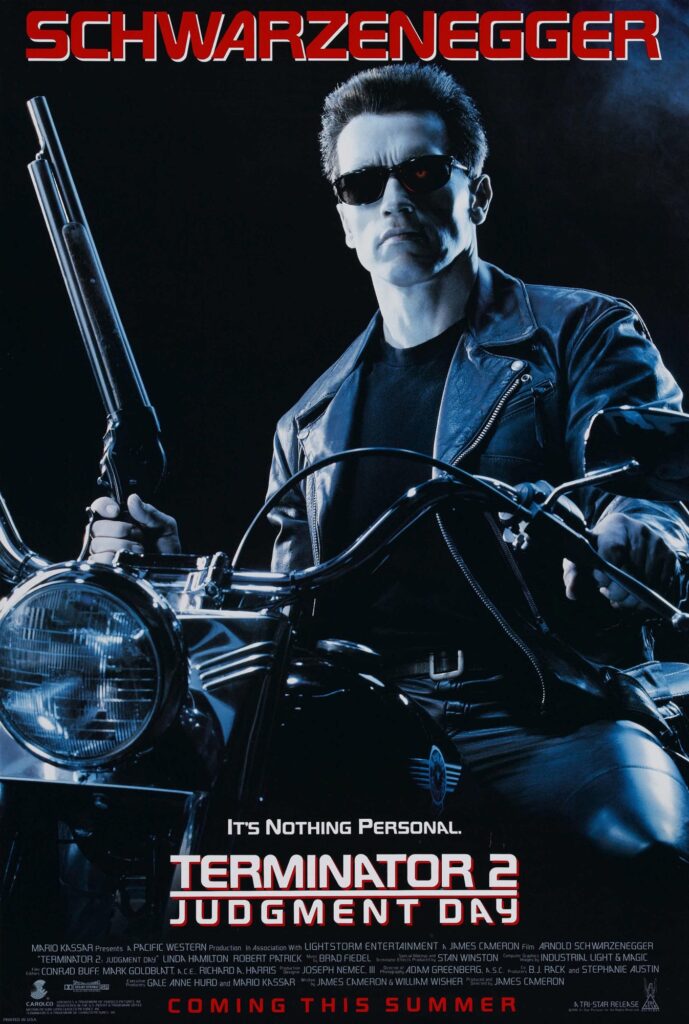
It’s ironic that a franchise focused on time travel continues to recycle its storylines. James Cameron’s The Terminator (1984) is a gripping chase film centered on Sarah Connor (Linda Hamilton), whose future son, John, is destined to lead humanity in a war against sentient machines. To thwart this future, the machines send a cyborg assassin back in time to kill Sarah. In response, a human soldier is sent to protect her. This premise creates a thrilling action film where human protagonists must outsmart an unstoppable enemy. Unfortunately, successful concepts often lead to repetition, even within the same series.
Many entries in the Terminator franchise reuse the original film’s setup. Cameron effectively reimagines his own work in Terminator 2: Judgment Day. Although the antagonist is a more advanced machine and the protector is a reprogrammed robot, the narrative unfolds in a familiar manner, culminating in the destruction of both time-traveling visitors. Subsequent sequels follow this pattern, making minor adjustments while preserving the core storyline. Only Terminator Salvation and The Sarah Connor Chronicles diverge from this formula, leaving the rest of the series trapped in its own time loop. Speaking of James Cameron…
8. Desperado (1995)

Humble beginnings pave the way for an impressive sequel. El Mariachi (1992) is a low-budget masterpiece that follows an unfortunate guitar player who becomes a target of drug dealers by mistake. Armed only with a guitar case full of guns, he must quickly learn to defend himself. Along the way, he finds unexpected love, but both his new romance and his livelihood are jeopardized by his dangerous pursuit. The film culminates in a thrilling shootout at the villains’ lavish villa. Writer-director Robert Rodriguez masterfully delivers this action-packed story on a shoestring budget, establishing his reputation in the industry.
Rodriguez later built on this success with Desperado, a sequel that continues the guitarist’s quest for vengeance against a criminal mastermind. As the crooks try to eliminate him, he retaliates with an expanded arsenal. In the midst of his personal war, he finds love again, which offers him some solace. Yet, he remains resolute in facing his enemy at another luxurious villa. While the premise may seem familiar, Rodriguez enhances it with blockbuster flair and improved craftsmanship. Many directors revisit their earlier work, but few achieve such effectiveness in their sequels.
7. Star Wars: The Force Awakens (2015)
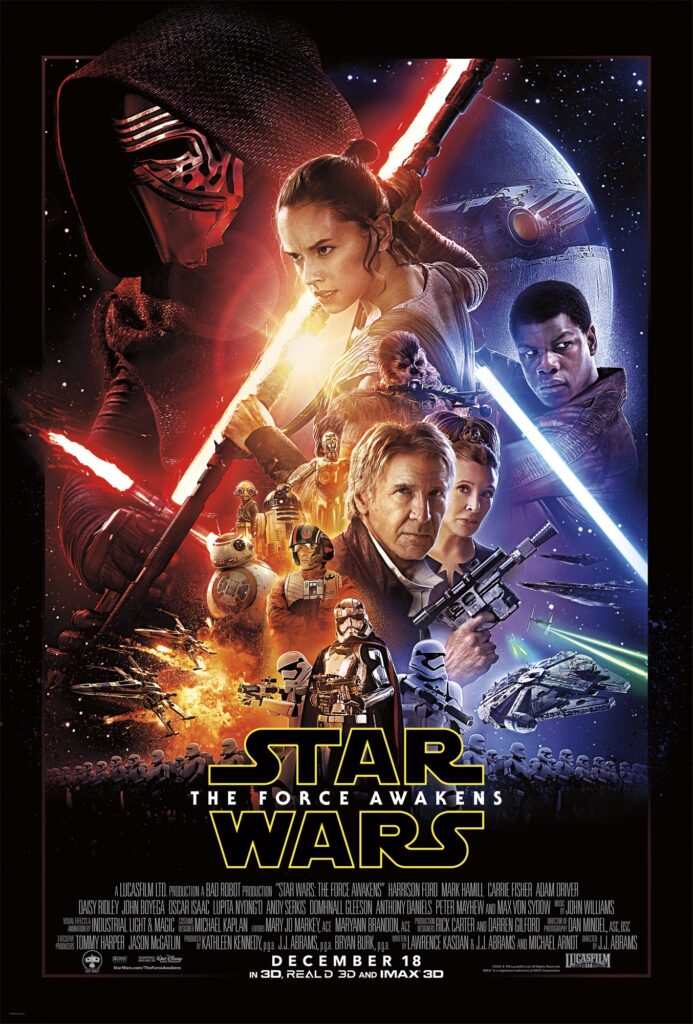
In an effort to breathe new life into the Star Wars franchise, Disney leans into the elements that fans hold dear. The original 1977 film, later titled Star Wars: A New Hope, depicts a vast galaxy under the grip of a tyrannical Empire. A young farm boy, Luke Skywalker, becomes embroiled in the rebellion after inheriting a droid that contains plans for the Empire’s formidable new weapon. He must deliver the droid to the Rebels so they can thwart this deadly device. Along the way, an old mentor reveals Luke’s heritage as a Jedi. The narrative follows the classic hero’s journey, but Disney didn’t have to replicate it so closely.
Star Wars: The Force Awakens advances the timeline in this galaxy. Despite the Rebels’ victory in the original trilogy, remnants of the Empire have regained power, wielding a planet-sized weapon capable of destroying entire solar systems. Rey, a seemingly ordinary scavenger, emerges as the heroes’ best hope when she discovers the droid carrying the weapon’s schematics. These plans are essential for the Rebels to neutralize the new threat. At the same time, Rey encounters her own mentor, who introduces her to the expansive world of the Jedi and the Force. While the filmmakers pay homage to the original material, their adherence may feel a bit too formulaic.
6. Escape from L.A. (1996)
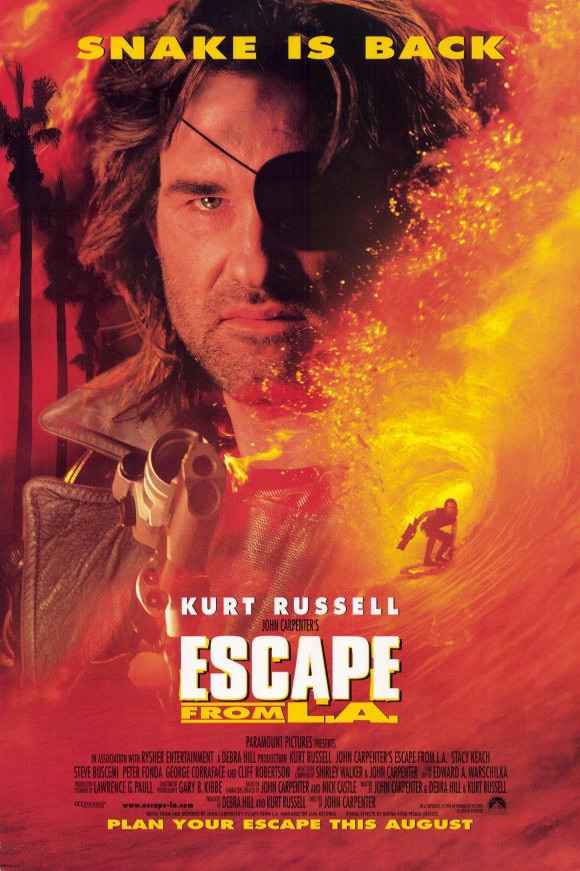
What a way to squander a compelling idea! Escape from New York (1981) presents a dystopian future where law-abiding citizens have abandoned New York City, transforming it into a massive prison for the most dangerous criminals. The stakes rise when the U.S. president becomes trapped in this treacherous environment. The responsibility of rescuing him falls to Snake Plissken (Kurt Russell), a convict and former soldier who can earn a pardon if he successfully navigates the chaos within. It’s a gripping premise with high stakes, but the sequel takes a different direction.
Escape from L.A. reimagines the scenario by isolating Los Angeles from the rest of the country, turning it into a haven for criminals and dissenters following a wave of oppressive laws. Once again, Snake Plissken finds himself in trouble with the law but is offered another shot at freedom if he can infiltrate the city and recover a stolen piece of technology. Predictably, this tech is in the hands of the president’s daughter. While the sequel introduces quirkier elements, the core mission and incentive feel strikingly familiar, failing to capture the originality of the first film.
5. Mary Poppins Returns (2018)
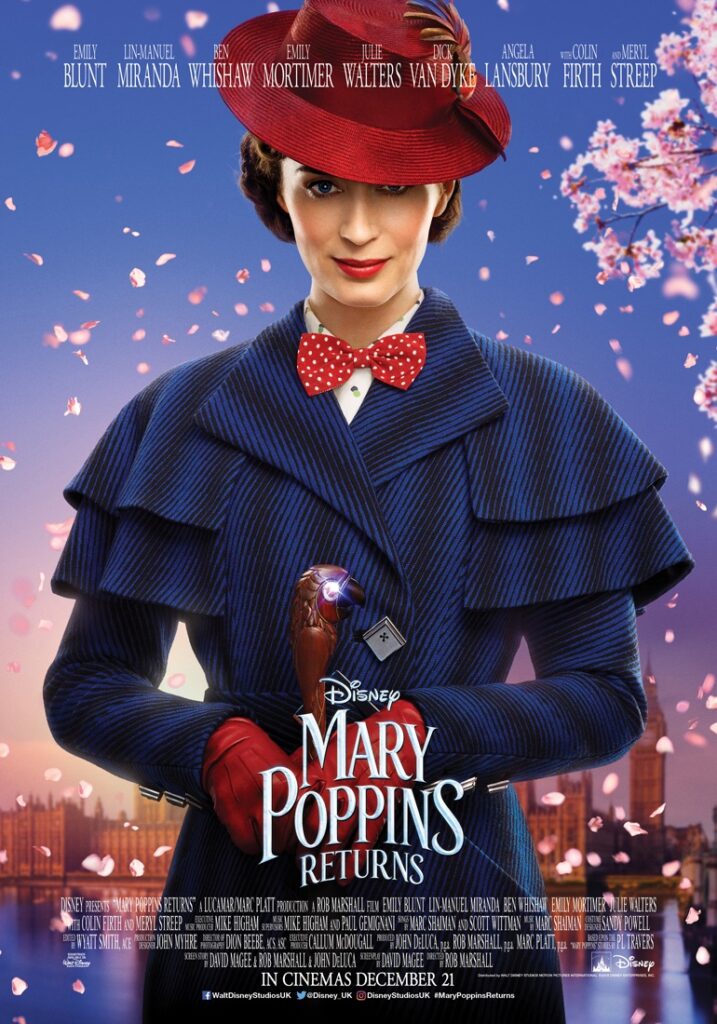
Mary Poppins (1964) introduces a magical nanny who steps in to care for two neglected children, guiding them on whimsical adventures through 1910s London with the help of a cheerful chimney sweep. Along the way, Mary (Julie Andrews) brings joy, imagination, and a series of playful songs, while subtly helping the children reconnect with their distant parents through her wisdom and charm.
In Mary Poppins Returns, the magic becomes more routine. The story now follows the original children, who have grown up and face new challenges with their own kids. Mary reappears to work her magic once again, mending their troubles through song and adventure. The film blends live-action dance numbers with animated sequences, led by a cockney lamplighter instead of a chimney sweep. While it recreates many of the original’s beloved elements, from musical moments to story structure, it feels like a fainter echo of the original’s charm, more of a nostalgic reflection than a fresh take.
4. The Incredibles 2 (2018)
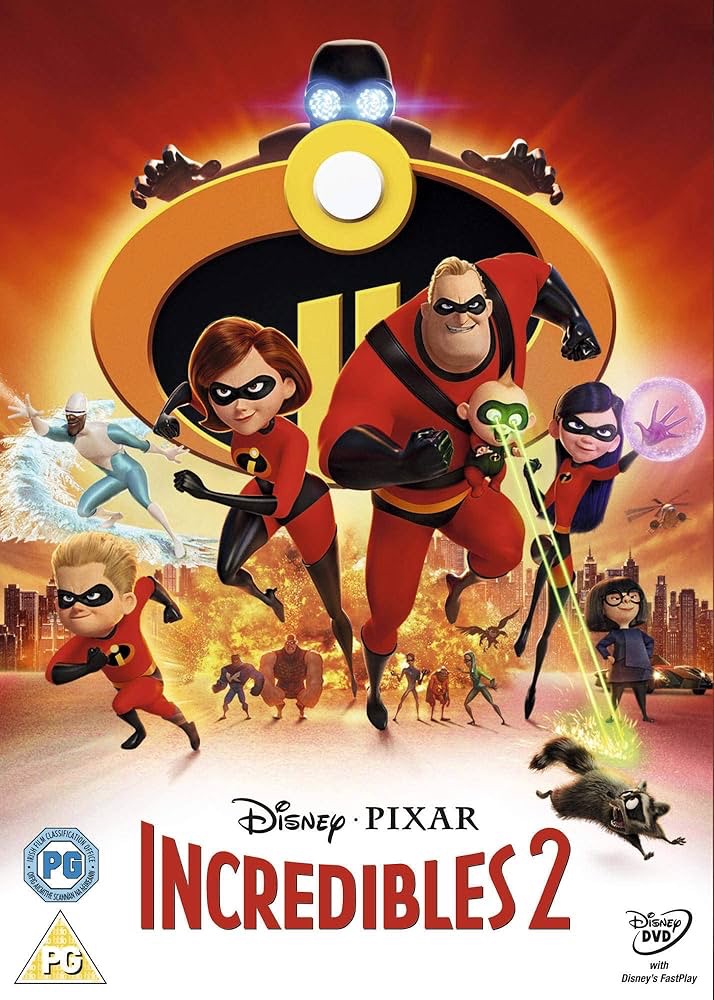
People often praise The Incredibles (2004) for its unique take on the superhero genre. The film is set in a world where superheroes have been banned due to the collateral damage they cause. Mr. Incredible, now a bored family man, jumps at the chance to revive his heroic days when a mysterious organization asks for his help. He embarks on secret missions for them, unaware that their true goal is to eliminate all superheroes. But this wouldn’t be the last time someone tried such a plot.
In The Incredibles 2, the story picks up with the same ban on superheroes, leaving the family adrift. A mysterious company approaches them with a proposal: have one family member work publicly to rebuild trust in superheroes and push for their legalization. This time, Elastigirl takes the spotlight. She relishes the thrill of her old life, but things unravel when it’s revealed that the company’s true intention is to tarnish the public’s view of superheroes permanently. Despite the new focus on Elastigirl, the plot mirrors the original, swapping roles but reusing familiar beats.
3. Home Alone 2: Lost In New York (1992)
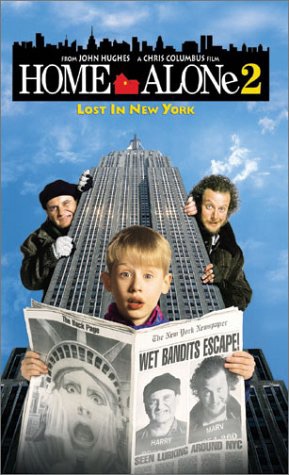
Christmas often plays a key role in these recycled sequels. Home Alone (1990) features young Kevin McCallister (Macaulay Culkin), who, frustrated with his large family, gets his wish when they accidentally leave him behind on a vacation. Thrilled to have the house to himself, Kevin’s enjoyment is short-lived as he starts to miss his family. Amidst his loneliness, he must fend off two inept burglars trying to invade his home, resulting in a film that blends heartwarming moments with slapstick comedy. The sequel follows a similar pattern.
Home Alone 2: Lost in New York might appear different, but it’s essentially the same story with a new setting. While the large family sets off on another Christmas trip, Kevin mistakenly boards a flight to New York City. Armed with his dad’s credit card, he briefly enjoys the luxury of a fancy hotel, but it can’t fully dispel his eventual feeling of isolation. Once again, he encounters the same two burglars and must outsmart them with another series of booby traps. After these escapades, it’s clear the parents should keep a closer watch on this adventurous kid.
2. The Hangover Part II (2011)
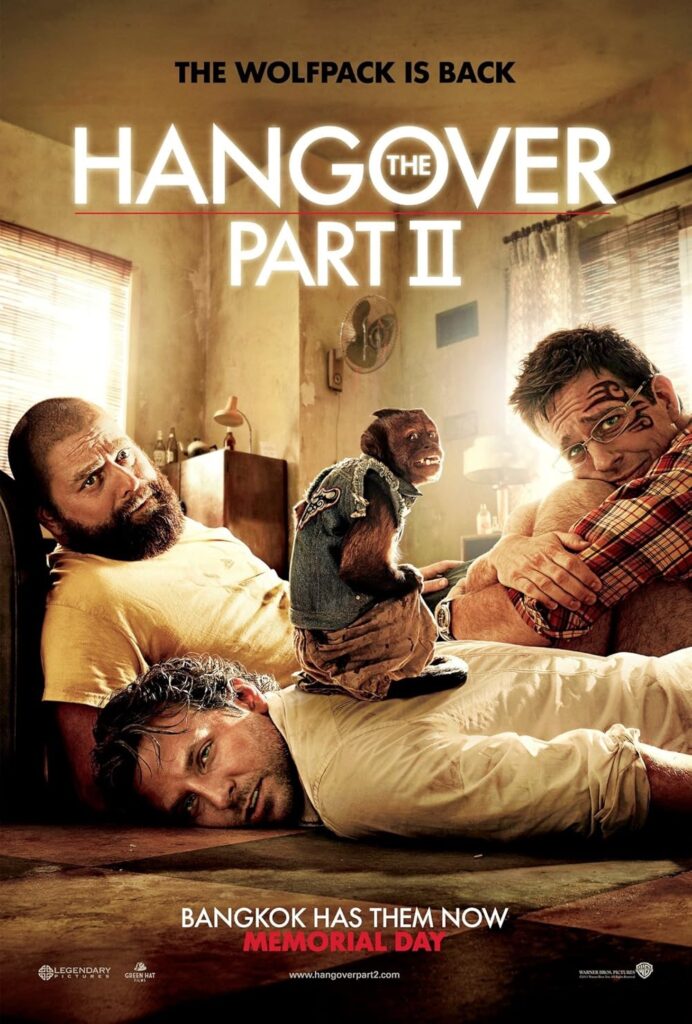
The charm of The Hangover (2009) lies in its unpredictability, but that novelty quickly fades with repetition. The original film follows three friends who, after a wild bachelor party, wake up with no memory of the previous night and no idea where the groom is. As they retrace their steps in a frantic search, they uncover just how chaotic their evening was. It’s a fresh and humorous concept—until it’s repeated.
In The Hangover Part II, the trio finds themselves in yet another outrageous bachelor party scenario, this time in Bangkok. Once again, they black out and must piece together the events of their lost night to find their missing friend and make it to the wedding. The sequel rehashes the same jokes, only pushing them to more extreme levels. Instead of evolving, the series doubles down on its formula, signaling that it desperately needs a fresh direction.
1. Die Hard 2: Die Harder (1990)
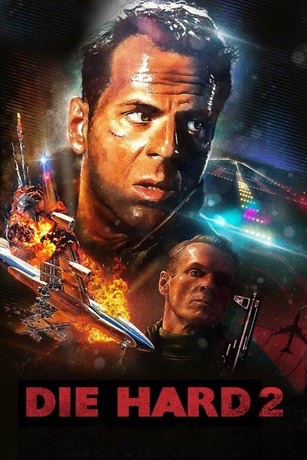
Fans often criticize the Die Hard series for transforming John McClane (Bruce Willis) from a relatable, everyday cop into a near-invincible action hero. In the 1988 original, McClane is an ordinary officer visiting his wife at Christmas, only to find himself in the middle of a terrorist siege. His appeal stems from his vulnerability and resourcefulness, as he battles the odds and suffers real physical consequences to save the hostages. It was McClane’s grounded, human struggle that resonated with audiences.
However, by Die Hard 2, the shift begins. Once again set during the holidays, McClane faces a new set of criminals, this time at an airport. Although the sequel sticks to the familiar holiday backdrop and shows McClane using his smarts to overcome the villains, the plot becomes more exaggerated, pushing McClane further from the everyman hero and closer to an unstoppable action figure. As a result, the sense of relatability that defined his character in the first film begins to erode, signaling the franchise’s drift into more formulaic action territory.
